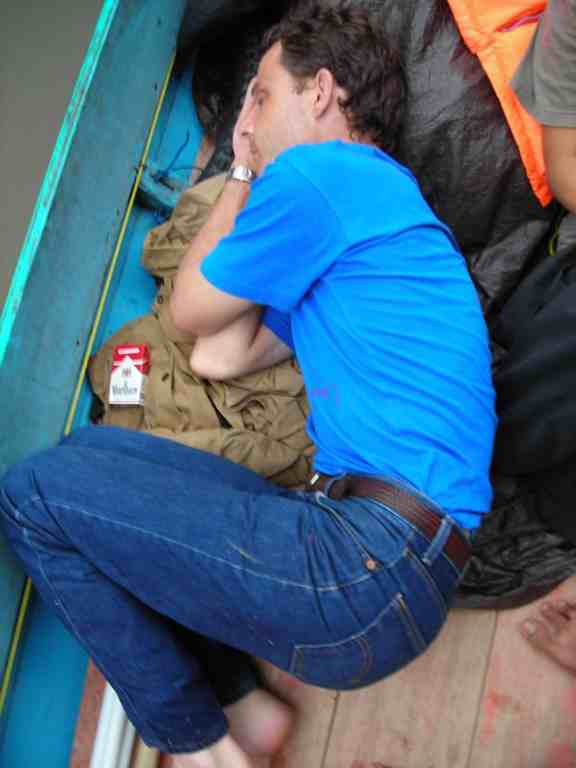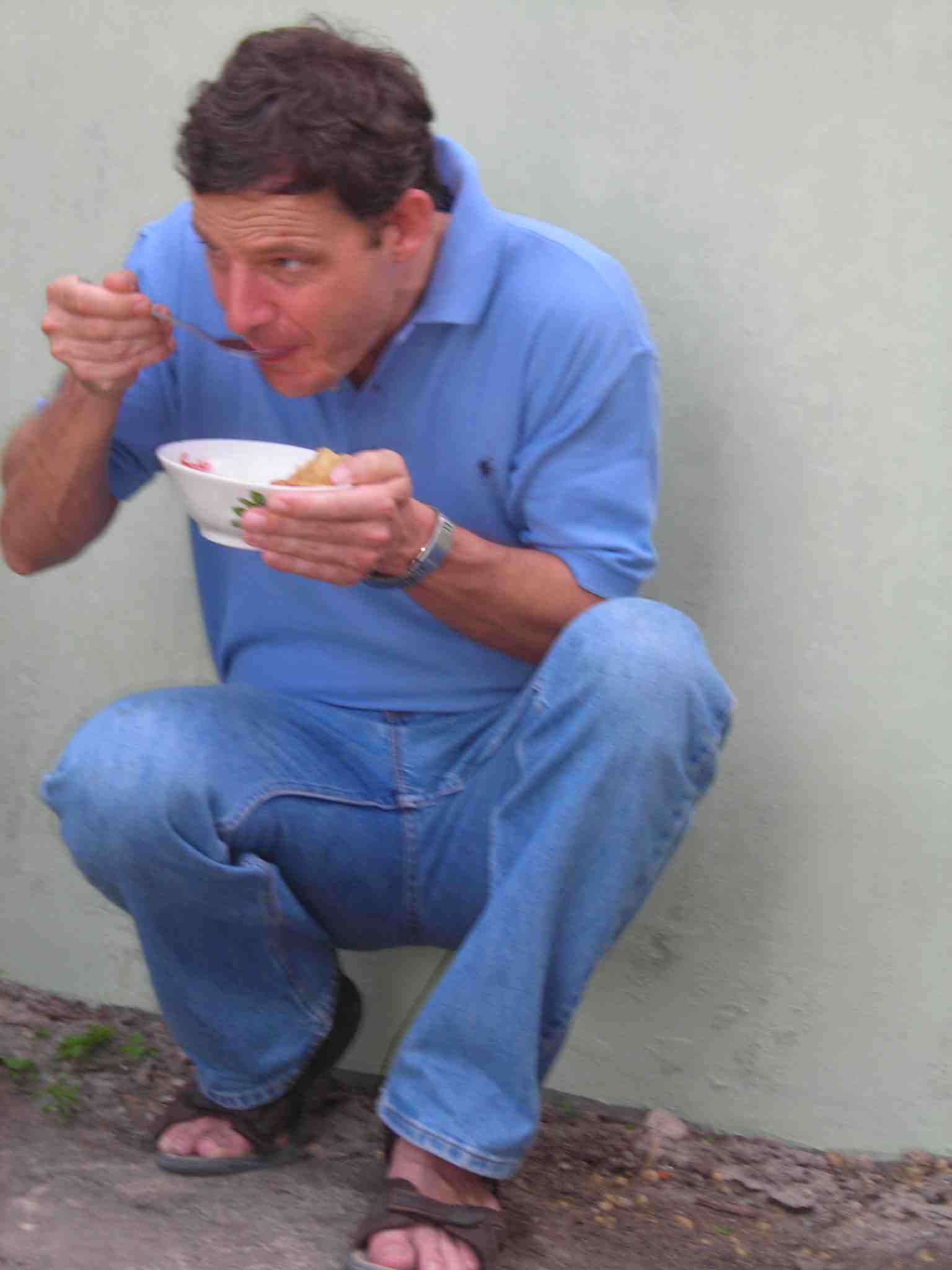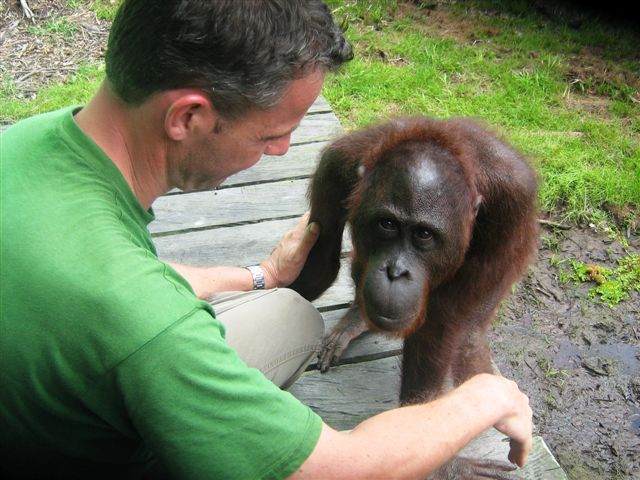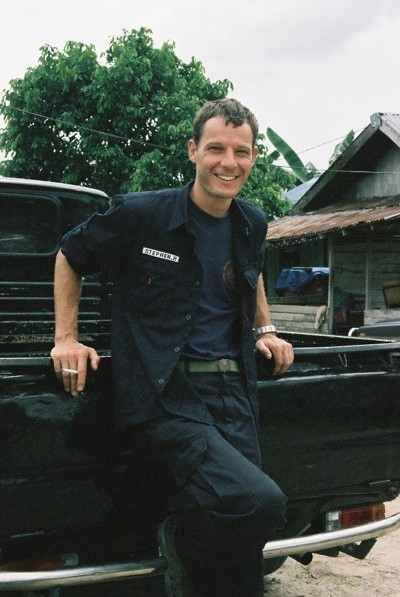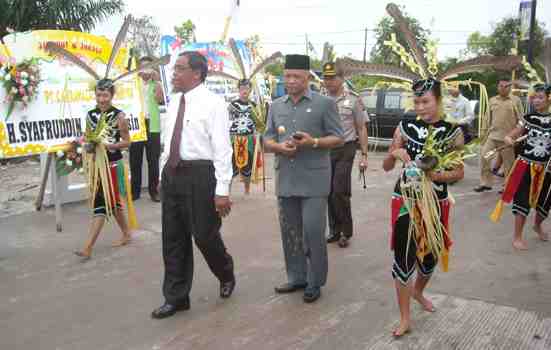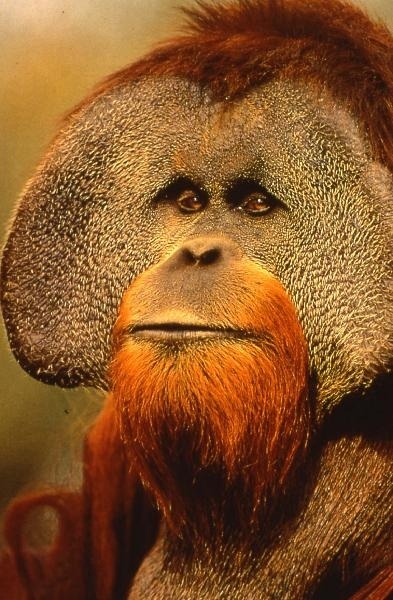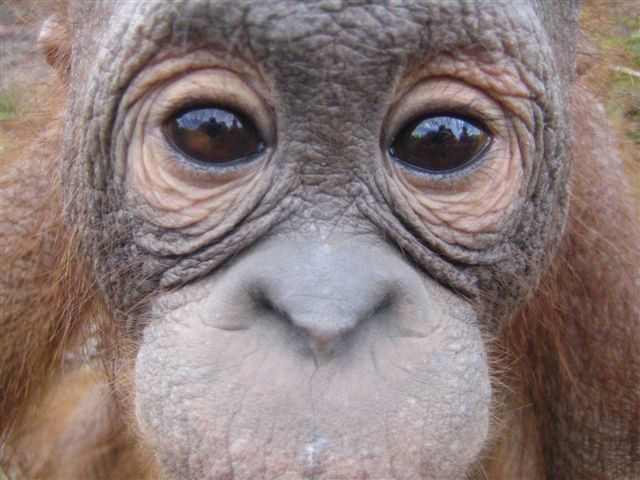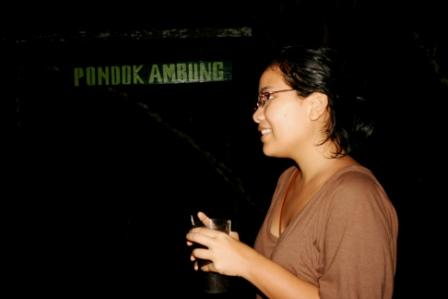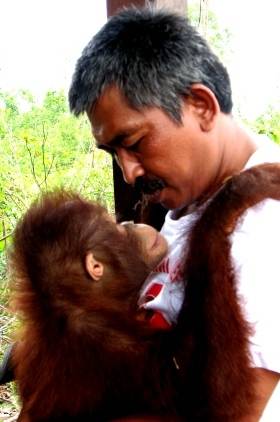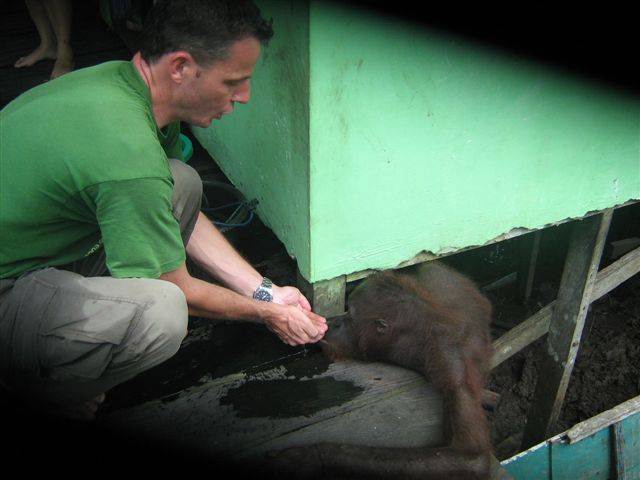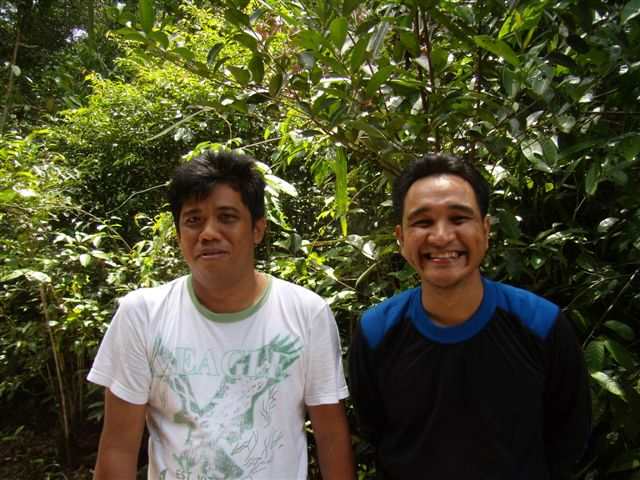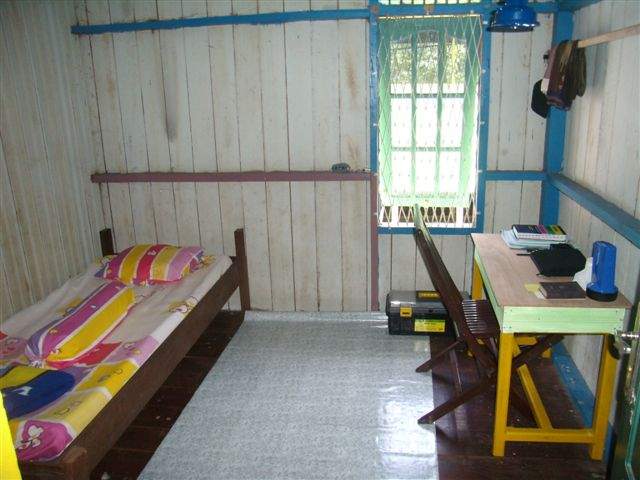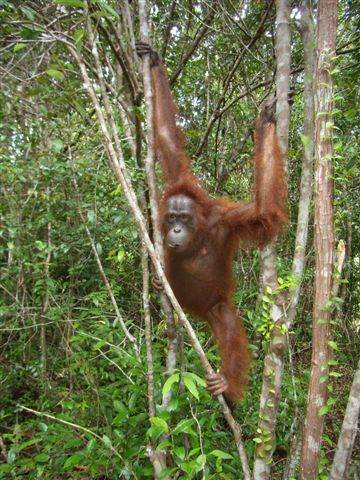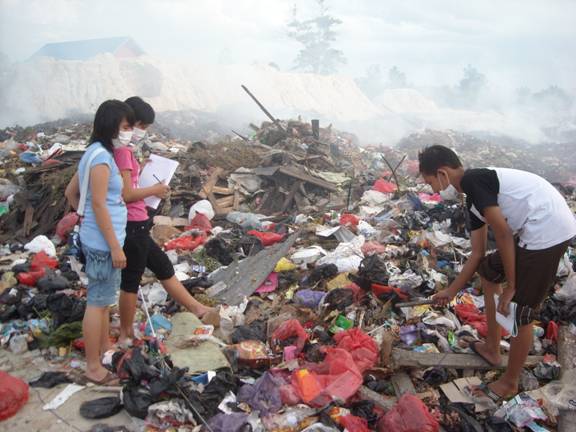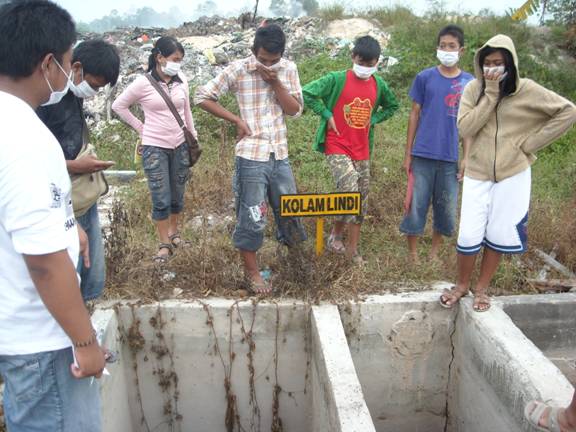About a year ago, almost seven hectares of forest behind the Pondok Ambung Research Station was burnt to the ground (see post Fires in Tanjung Puting National Park). This was attributed to human carelessness (not the Pondok Ambung staff, we should note!), and favourable dry conditions. A burnt forest patch however, when left alone, regenerates and a vegetation survey was conducted in February 2009, at the burnt area, to see what had indeed grown back.
Field manager for Pondok Ambung, Mr. Devis, noted that the dominant plant types in the recovering burnt area are the ferns, or more specificially the Gleichenia linearis (tree fern) and Lycopodium cernuum (club moss).
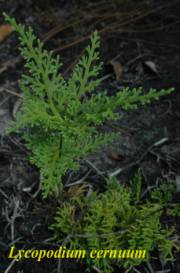
Lycopodium cernuum (club moss)
The grasses and sedges are also growing back (Digitaria ischaemum, Sorghum halepense, Pennistrum purpureu, Eleocharis parvula, Cyperus kyllingia, Cyperus distans and Cyperus paniceus), along with the shrubs (Melastoma malabathricum, Ochthocharis borneensis, Achasma coccineum Val. Blumea balsamifera).
The trees as well are making a comeback (Schima wallichii korth, Garcinia sp, Rhodamina cinerea, Eugenia sp, etc.). The evergreen tree (Schima wallichii korth) dominates the rest of the tree types.
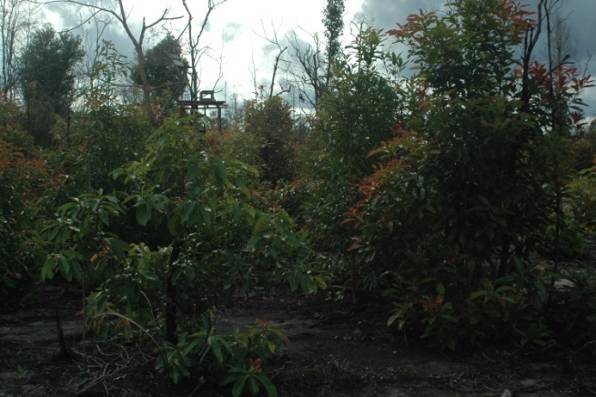
Schima wallichii korth is the dominant tree species
It’s not just good news for vegetation – the newly growing area is also attracting deer who favour open habitats for grazing.
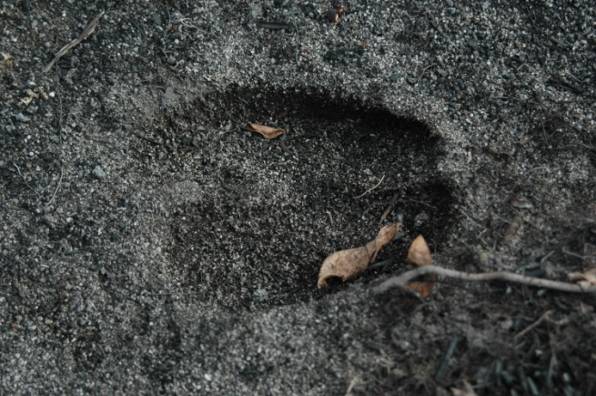
Deer track
We will continue to monitor the changes of this recovering burnt area. With each new seedling pushing its way through the soil, one is reminded that this damaged patch of forest, as with the other fire-damaged forests elsewhere in Borneo, could come back to life, if it is left alone.

The forest just after the fire.

Forest recovery one year on. All photos by Devis Rachmawan.
Thank you very much Nicole D and Tal B for your recent donations. We are currently trying to raise $250-300 to buy two digital cameras (see post Meet our new vet for the orangutans of Lamandau Wildlife Reserve).
Thank you,
June Rubis



